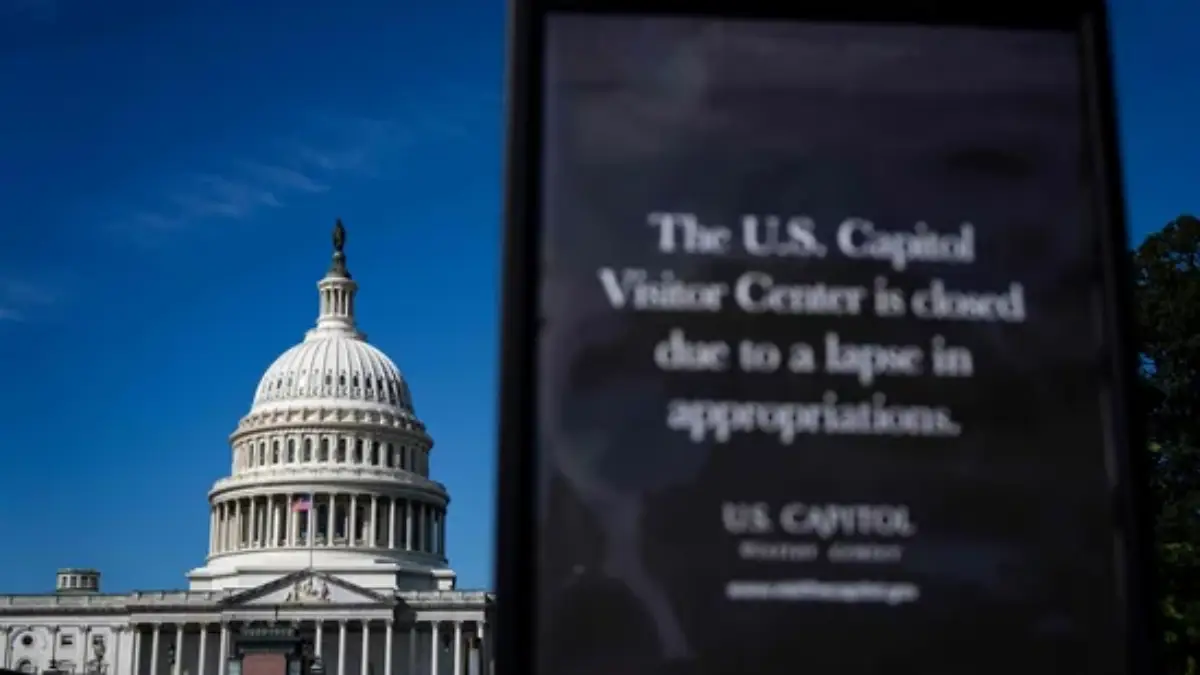The United States government was forced to suspend key operations on Wednesday after a last-minute Senate effort to strike a funding deal collapsed, triggering yet another shutdown under President Donald Trump.
Failure to resolve the sharp partisan divide between Republicans and Democrats has led to the 15th government shutdown since 1981, threatening widespread disruption and heavy financial losses. Officials estimate the closure is costing the country nearly $400 million every day and has left around 750,000 federal workers furloughed without pay.
The impact is already visible across agencies. The shutdown means delays in the release of the September employment report, slower air travel, suspension of some scientific research, and disruption to education and environmental programs. While critical services like immigration enforcement and military operations will continue, most other public services remain paralyzed.
The last time the federal government shut down was in 2018, also during Trump’s first term. This wave of uncertainty comes as his administration is already pursuing major federal workforce cuts, with plans to eliminate about 300,000 jobs by December. Trump has warned Democrats that the shutdown could accelerate job losses further.
Why did the shutdown happen?
The deadlock stems from a bitter battle over funding priorities. Republicans command control of both the House of Representatives and the Senate but need at least seven Democratic votes in the Senate to advance the spending bill.
Democrats are leveraging that position to demand an extension and expansion of healthcare subsidies under the Affordable Care Act (ACA). They remain firm in refusing to support any spending plan that excludes this measure.
Republicans, meanwhile, argue ACA subsidies should be addressed separately and are instead backing a stopgap funding bill to keep the government running until November 21, without touching healthcare provisions.
With neither side ceding ground, the shutdown could extend further, heightening risks for federal employees, public programs, and the broader economy.
